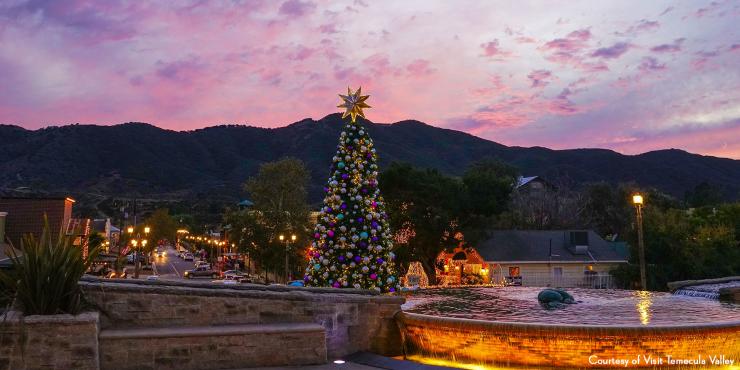Southern California for the Wine Lover
The Temecula Valley offers the perfect combination of vineyard properties and outdoor recreation while maintaining a small-town feel
By Nancy A. Ruhling
Originally Published May 19, 2021

All photos courtesy of Visit Temecula Valley, unless otherwise noted.
Mention California wine country and the hundreds of hillside vineyards of the north’s Napa Valley, one of the world’s most famous wine regions, come to mind.
But Southern California also has its share of wineries and vineyards, particularly concentrated in the Temecula Valley, which is home to nearly 50 boutique wineries that produce award-winning small-batch vintages that are only distributed locally.
The wineries in the resort area of Temecula Valley, the largest American Viticultural Area in Southern California, attract more than 3 million visitors a year. They are relatively close to each other—some are even within walking distance of each other. What’s more, they are within a one- or two-hour drive from most major Southern California cities and airports.
“The wineries are competing to improve the quality of the wines and venues of the wineries and the tasting rooms,” Barbara Walker, an agent with Coldwell Banker Realty Global Luxury. “They have had some success with the South Coast Winery, as it has won two years as winery of the year for California.”
She noted that although the Temecula Valley wines “have not reached the caliber or pricing of the Napa region, they have a huge market with San Diego, an hour to the south, and Los Angeles and Orange County, an hour to the north.”
Annette Brown, director of public relations for Visit Temecula Valley, the official marketing organization and resource for visitors to the region, said that Temecula, which is some 58 miles north of San Diego and is part of the Greater Los Angeles Area, is distinguished by the variety of grapes grown and the “variety of styles of world-class wines” produced.
“This is thanks to an ideal Mediterranean climate, talented winemakers and the freedom to experiment since most of our wines are sold primarily through the tasting rooms and online,” she said.
Indeed, some two dozen varieties of Italian, Spanish and French grapes grow in the rich soil of the valley, where the first commercial vineyard was established in the late 1960s.
“We have our well-known favorites like Cabernet Sauvignon, Syrah and Chardonnay, as well as off-beat Mediterranean varieties like Sangiovese, Grenache, Tempranillo and Vermentino,” Ms. Brown said.
Wine Country Housing
The area, according to Ms. Walker, offers three classifications of vineyard properties: wine country winery, wine country equestrian and wine country residential.
“Much of the land in Temecula grows grapes to be sold to local wineries; but with sufficient acreage, zoning and financial resources, full-blown wineries are growing in numbers and popularity,” she said. “In some cases, the venues are also popular destinations for weddings and special events.”
Lots typically are 5 to 20 acres, she said, adding that commercial wineries and vineyards are significantly larger.
“The intent of the planners was to create an ambience that is attractive to residents, as well as to the many visitors the valley now attracts for everything from horseback rides through the vineyards to hot-air balloon adventures,” she said. “The area has become unique to Southern California.”
Prices for estate homes and ranches that grow grapes range from $1.5 million to $3 million, with vacant lots selling for about $75,000 per acre, she said, adding that commercial wineries generally sell for $8 million to $20 million.
Although inventory is low, there’s a 57-acre winery with 5,000 vines listed for $6.9 million that features an estate residence. There’s also a 40-acre estate with a main residence that’s used as a bed and breakfast and a wedding venue that’s on the market for $13.9 million.
Ms. Walker noted that in addition, there’s a 20-acre property with an 8,500-square-foot home that is zoned for a winery that’s listed for $5.9 million.
Although the winery and vineyard properties often are governed by homeowner associations that set rules on architecture, outbuildings, square footage and landscape designs, Ms. Walker said that the homes encompass a variety of styles and sizes.


What’s There to Do
The boutique and commercial wineries, which offer tastings and a variety of activities, are a large part of Temecula’s charm and culture.
The award-winning Wilson Creek Winery, which is family-owned, not only has tours and tastings but also a members’-only wine club, a restaurant and a courtyard grill. It hosts weddings, concerts and other events.
Founded in 2002, Leoness Cellars or “Village of Dreams,” has 20 acres planted with Cabernet Sauvignon grapes. Its restaurant, which offers al fresco dining and dishes made from scratch in its kitchen, was rated the No. 1 winery restaurant by USA Today’s 10 Best Readers’ Choice.
But there are other activities and attractions that make Temecula Valley what Ms. Brown refers to as “a wine-plus destination inspired by the vine.”
She noted that in addition to about a dozen breweries and two distilleries, Temecula Valley offers “outdoor recreation, entertainment, a small-town atmosphere, an emerging and evolving culinary scene and a community of makers.”
The area also is known for its championship golf courses, including Temecula Creek Inn, a 27-hole course shaded by broad oak trees; REDHAWK Golf Course, which has a classic country-club atmosphere; CrossCreek Golf Club, which was designed by Arthur Hills; and the 18-hole The Legends Golf Club at Temeku Hills, which was designed by Ted Robinson and updated by P. Dye and features five lakes.
Temecula’s resort casino, Pechanga, is just as famous as the region’s wineries. With some 200,000 square feet of gaming space, it’s the largest resort/casino on the West Coast and one of the largest in the U.S., according to its website.
Established in 2002, it is owned and operated by the Pechanga Band of Luiseño Indians and has a 40,000-square-foot events center, a 25,000-square-foot spa, and a 4.5-acre tropical pool complex.


The past and the present come together in the shops, restaurants, hotels and entertainment venues of Old Town Temecula, the restored area of the city that is defined by wooden sidewalks and Old West-style buildings.
“Temecula attracts a world-wide audience,” Ms. Walker said. “Buyers include full-time residents as well as vacation-home owners and commercial investors.”
She added that Temecula’s climate—warm days and cool evenings—is “the ideal combination for both growing grapes and personal recreational enjoyment. Over the last 25 years, Temecula has grown five-fold, as the area’s attributes—good schools, a multitude of churches, shopping and dining and a world-famous casino, Pechanga,—have attracted many new residents.”
All these factors, as well as the pandemic, have increased the area’s popularity as people seek more space and privacy to ensure their safety and health, Ms. Walker said, adding that “this has resulted in a very hot real estate market and a current shortage of inventory.”
















